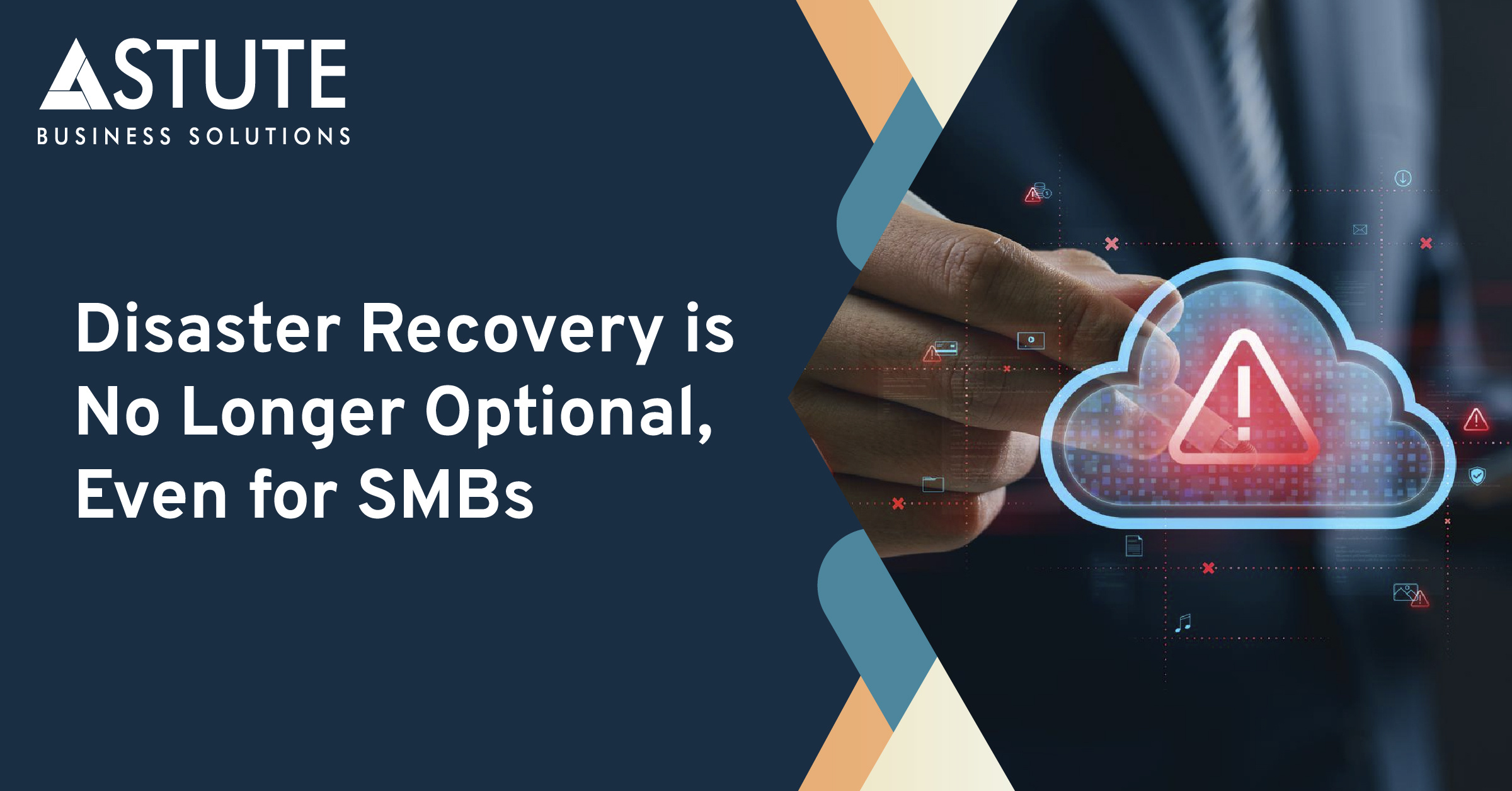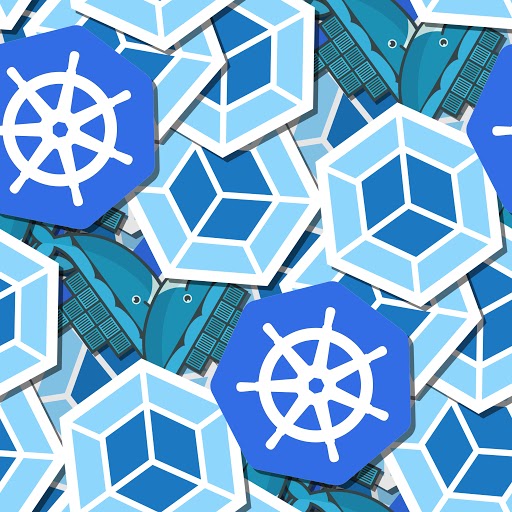
Disaster Recovery is No Longer Optional, Even for SMBs
Table of Contents
According to the Federal Emergency Management Agency, 40% of small and midsize businesses (SMBs) never reopen after a natural disaster, and an additional 25% reopen but fail within a year. Think about that for a moment. Nearly two-thirds of SMBs impacted by a fire, flood, hurricane, tornado, or earthquake no longer exist 12 months later. There are a myriad of reasons why an SMB might fail in such a circumstance, but an inability to feasibly restore IT systems is a major one.
Historically, smaller organizations have been locked out of the most effective disaster recovery (DR) solutions by the high cost of entry — it was expensive to maintain a second, geographically separated data center. So, for many SMBs, disaster recovery still involves a small backup server under someone’s desk at headquarters (hopefully not in the basement!)—or even an external hard drive plugged into someone’s PC. The attitude is, “In the event that something happens, the IT team will work their magic and restore things—eventually.”
But will they? Recent disasters like Hurricane Katrina, Superstorm Sandy, and the February 2021 winter storm in Texas taught us something we should have already known: People who are involved in a disaster are often not available to come to work to rebuild an IT infrastructure. Appropriately, they are caring for their loved ones and ensuring their safety. Barring that, roads may be impassable or public transit incapacitated for those who could come to work. And electrical power or an internet connection may be unavailable for those who could help from home.
DR as Business Insurance
The same scenario will apply with the next Atlantic or Gulf hurricane, a major earthquake in California or the Pacific Northwest, a big tornado or flash flood in the Midwest, or a wildfire in the American West—tragedies that are increasing in frequency. For many businesses, the possibility of such disasters accounts for an increasing share of the overall risk portfolio.
And the risks posed by the lack of an adequate DR solution do not stop with events traditionally classified as disasters. Consider the following scenarios:
- Your company suffers ransomware attacks—something that is also increasingly common. If you could fail over to a DR infrastructure, you could be up and running in an hour—or even less—without paying a ransom.
- Your development team accidentally damages a system so badly that failing over to the system that existed an hour ago would be the best way to fix things quickly.
- You still host a major business application on the premises, and the blade server suddenly fails in the middle of payroll processing. The hardware vendor will deliver a replacement in eight hours, but the ability to fail over to a backup system would enable payroll to go out on time.
Businesses purchase insurance to protect their physical plant, their industrial equipment, and their legal liability. They also need insurance against IT outages so that systems can be restored as quickly as possible. Downtime costs thousands of dollars per minute for almost any organization, and the ability to restore systems quickly is imperative for business continuity.
Do you have DR and Business Continuity Plans for your small business?
Discover how Astute’s cloud-based disaster recovery solutions can protect your business from unexpected disruptions. Stay prepared and resilient.
Immutable Backup: Your Last Line of Defense
When ransomware strikes, would your business be able to recover? Immutable backups ensure the answer is always YES. These tamper-proof backups are designed to be unchangeable, meaning they can’t be altered, deleted, or encrypted—even in the face of a cyberattack. Stored as write-once-read-many (WORM) files, they provide an unshakable safety net for your critical data. With cloud-based disaster recovery solutions, immutable backups provide SMBs the assurance to recover quickly, regardless of circumstances. In today’s world, where data is everything, immutability is your ultimate defense against the unexpected.
Cloud has changed the DR Game
The good news is that the cloud computing revolution has enabled even the smallest organizations to achieve robust DR capability without building a new data center or hiring an army of experts. The major cloud providers build their infrastructure on the principle of hyper-redundancy, and this puts a full-fledged DR solution well in reach for SMBs—similar in cost to business insurance policies.
Companies with adequate in-house expertise can manage their cloud-based DR internally, while other companies can contract with a managed service provider to deliver that functionality. Companies that purchase DR as a service these days get attractive service-level agreements (SLAs), such as a 15-minute recovery point objective (RPO) and a one-hour recovery time objective (RTO). It means that the service provider guarantees that systems will be restored to where they were 15 minutes before the outage and will be up and running within an hour.
The biggest benefit of such an arrangement is that the people impacted by the disaster do not have to be responsible for restoring systems. They can focus on keeping their families safe—and even contribute toward protecting the larger community. Business systems can be restored, and operations can resume as quickly as practical, without additional delay because of disabled IT systems.
Risk Management in Changing Times
The COVID-19 pandemic has been a reminder that, as business leaders, we should expect the unexpected. At the same time, the acceleration of digital transformation across the economy means that functioning IT systems are increasingly critical for a company’s survival. DR is now accessible to businesses of all sizes, and all should take advantage of it. It could be the difference between the two-thirds of SMBs that do not survive and the one-third that do.
Conclusion
Disaster recovery isn’t optional anymore—it’s essential for SMBs to stay running and succeed in an uncertain world. Whether it’s natural disasters, ransomware attacks, or unexpected outages, having a robust DR strategy can make all the difference.
Astute’s Disaster Recovery as a Service (DRaaS) solutions provide cost-effective, cloud-based protection tailored to your business needs. With industry-leading SLAs and expertise, we ensure your systems are restored quickly and reliably so you can focus on what matters most—running your business.
Arvind Rajan is Co-Founder and CEO of Astute Business Solutions. He is leading the expansion of Astute services to include Cloud Managed Services, Disaster Recovery on Cloud, and Integration and Process Automation using Platform Cloud Services.
Search
Tags
Related Posts
Subscribe Our Newsletter
Gain access to exclusive insights, technical know-how and crucial knowledge from Astute experts.
Share Article
See The Team In Action
Upcoming Events
-1.png)
Reach Out
Ready to Connect?
Please fill the following form, we will get back to you within a business day.
Contact Form
Contact Us



